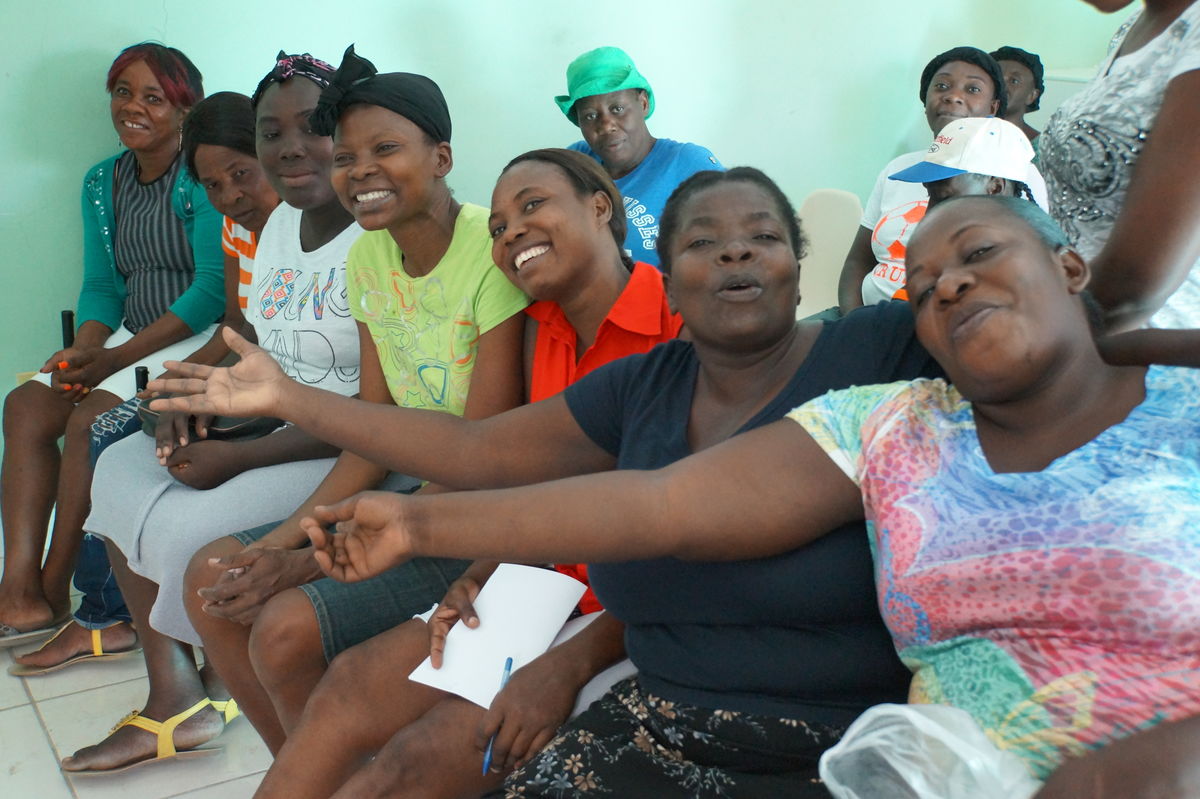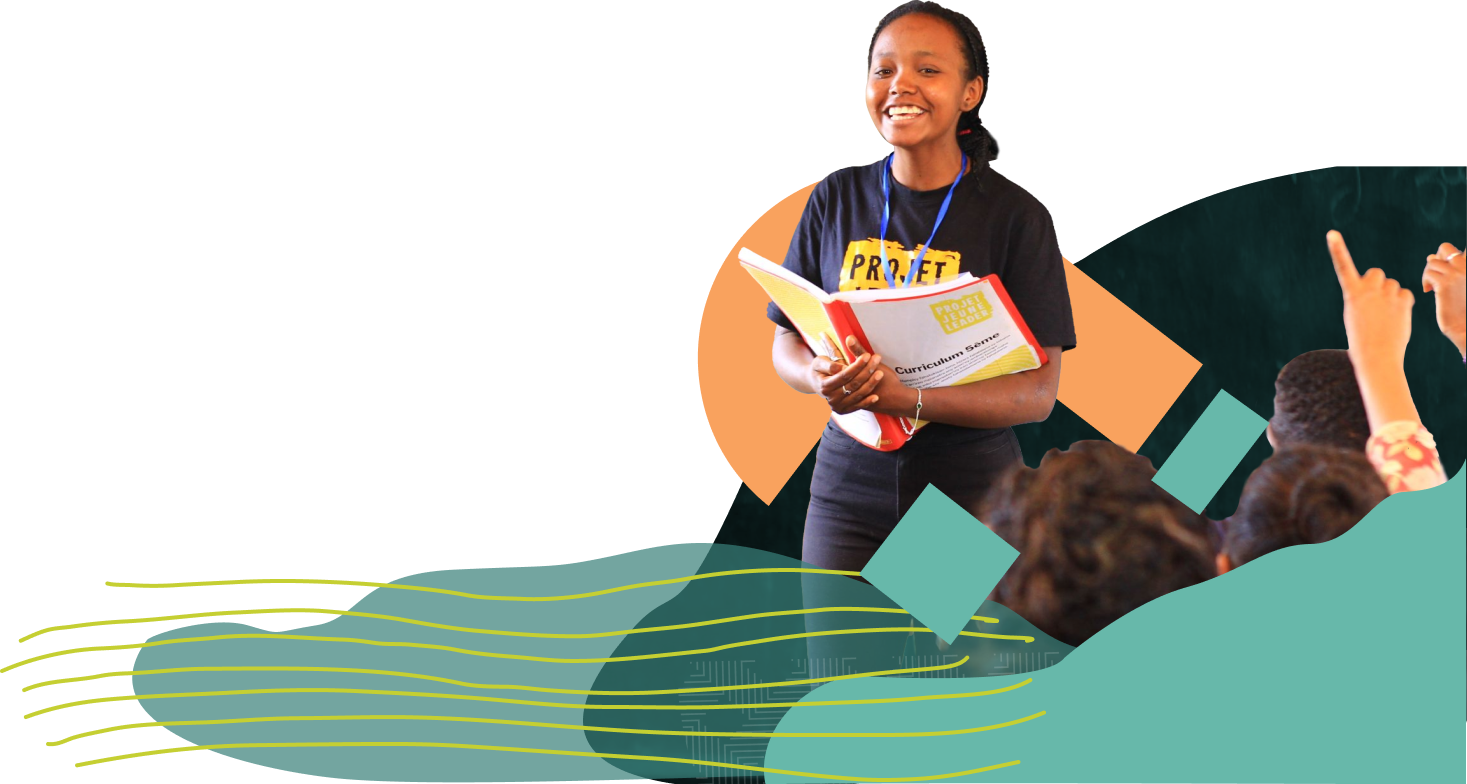To End Violence, We Must Build #CitiesforWomen Where We Can Live Without Fear

In the fight to end violence against women and girls, no real progress can be made without considering the role of the urban environment. Dark streets, unprotected public toilets, parking lots, and mass transit are breeding grounds for violence. A placard seen at a protest against femicide in Latin America a few years back summed it up: “Walking home, I want to feel free, not brave.”
Since last fall, women in the United States have been speaking up as never before on the subject of violence, harassment, and abuse – at home, at work, in daily life. If it is
TimesUp for gender-based, on-the-job abuse, it’s also
TimesUp for cities that fail to consider the daily dangers faced by half of their community.
A Global Problem
A Global Problem
Consider this:
– By 2030, more than 60 percent of the world’s population will live in urban areas. With women representing more than half the world’s population, cities need to improve their urban infrastructure, such as dangerous alleyways and lack of street lighting, which encourage harassment and abuse.
– A 2014 Reuters survey of 16 major cities worldwide found that women in Latin American cities suffered the highest rates of harassment, with about 6 in 10 women experiencing physical harassment on public transport. Additionally, 64 percent of women in Mexico City said they’d been groped or physically harassed on public transport.
– A 2009 UN Women survey in Delhi, India, found 95 percent of women saying their mobility was limited by fear of harassment in public places. And in a Kenyan survey from Women’s Empowerment Link, more than 50 percent of the 381 women interviewed in 2017 said they’d experienced gender-based violence while using public transport.
– According to the World Bank-led partnership, Sustainable Mobility For All, 53 percent of women in developed countries feel “unsafe’” or “very unsafe” waiting on a railway platform after dark. In the United States, the Bureau of Justice Statistics reported in 1997 that roughly one in 12 rapes took place in a poorly lit, unpatrolled parking lot.
A great deal of this danger could be eliminated with more inclusive city planning and the creation of infrastructure sensitive to the needs of women and girls – better street lighting and broader streets, fewer dead-end alleys, safer public toilets. Safer cities enable every individual to move through her day without fear and with unfettered access to social, economic, political, cultural, and educational opportunities.
We must all do whatever it takes to create cities where women and girls can lead healthy, prosperous, and fulfilling lives, in dignity and peace. And it will take cooperation and commitment from government at every level, multi-lateral institutions of all kinds, and non-governmental groups such as WomenStrong International.
How WomenStrong Helps
Members of the WomenStrong Consortium are supporting women and girls in a number of effective ways as they seek to build lives free from violence.
– With our partner DHAN Foundation in Madurai, India, a city with a population of 1.5 million, we have established a Micro-Justice Clinic to teach women their rights, arm them with the resources they need to fight injustice and stand up for themselves. These women, who also are members of micro-finance self-help groups, discover that economic empowerment gives them confidence and the ability to press local officials to address some of the root causes of gender-based violence, including unsafe infrastructure.
– Women’s Health to Wealth (WHW) in Kumasi, Ghana, population well over 2 million, works with market women who rent stalls in the Bantama Market and who had been pressing local officials for years to install lighting and pave market alleyways so they could safely transport their wares at dawn and dusk. With WomenStrong’s support, women working with WHW struck a bargain with a local official, agreeing to clean the market in exchange for the government paving and lighting the market. The paving was done, the lighting was not, so the women and WHW continue to press the market manager. Their concerns have spurred construction of a new, safe, enclosed market structure where plenty of lighting is promised. Construction is slated to begin in July.
– In the Manyatta slums of Kisumu, Kenya, Alice Visionary Foundation Project (AVFP) has run a multi-year program on Positive Discipline in schools to help create environments where girls can learn, prosper and grow. Schools should be places of safety for young girls but are often places of harassment, verbal and physical abuse, and rape, by male students and even teachers. AVFP works with school administrators, teachers, parents, public officials, and communities to help keep girls in school and flourishing in the face of the massive challenges of poverty.
– WomenStrong Member H.O.P.E. in Borgne, Haiti, located in a commune with a population of under 100,000, supports the work of local women who have formed a group to confront domestic violence, helping victims and filling the gap left by a lack of law enforcement. H.O.P.E. also runs clubs for adolescent girls, similar to those at the other WomenStrong sites, teaching girls their rights, building confidence, and providing safe spaces where girls can build friendships, gain mentors, and create a network of support.
Women and girls at all our sites demonstrate every day that they have the determination, smarts, and willingness to stand up for their right to be free from violence. It is now up to the rest of us to provide the support they deserve and need by building

